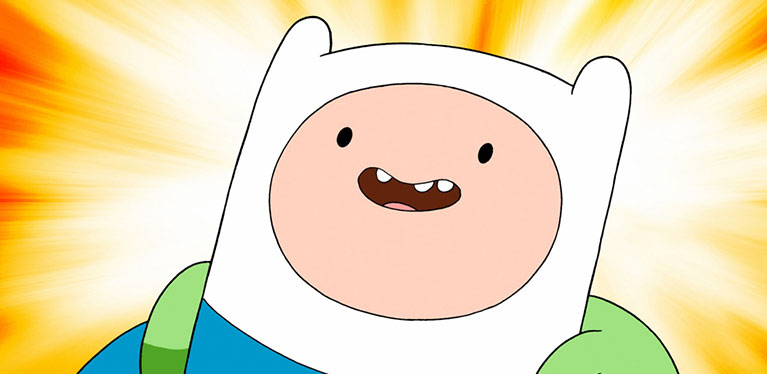Movies have always tested the limits of technology and pushed boundaries to discover new technologies. Every year, big production houses pour in millions of dollars to explore the latest developments that technology has to offer, especially in the field of animation and VFX. But some of these movies not only explore new techniques, they bring about a paradigm shift in the way special effects are handled in the industry on the whole. This brings about a buzz of activity in the industry as the new technology is refined by subsequent production teams and is finally brought into the mainstream. In this post, we celebrate five such movies that have single-handedly brought about a change in the special effects industry.
Tron: Legacy
Even though the new CGI technology was used only during the first twenty minutes, Tron was one of the first movies ever to make use of digital animation with the help of computers. Walt Disney brought four major animation companies of that time to execute the extensive animation: Information International inc., Mathematical Applications Group Incorporated (MAGI), Robert Abel and Associates and Digital Effects.
The Matrix
When the first installment of The Matrix hit the theaters in the summer of 1999, it was an instant blockbuster. Sure, the movie had a compelling storyline and a large star cast, but it was the special effects that caught the eye of the average moviegoer. The Matrix is well known for popularising a particular visual effect known as ‘bullet time’. The process involves the representation of characters in a heightened visualisation by allowing the action within a shot to progress in slow motion while the viewpoint of the camera appears to move through the scene at normal speed.
[youtube]http://www.youtube.com/watch?v=uPNBdDNZbYk[/youtube]
Source: Frankie Gochicoa
Avatar
In recent times, Avatar has pushed technological limits like never before. The production team used a number of new technologies. James Cameron held off the production for a decade because he was not satisfied with the visuals offered by the special effects industry until December 2006. He employed the use of the new motion-capture technology, which involves animating the live sequences photographed while the characters wore special motion-capture suits. Another technology that came to the foreground during the filming of the movie was the cloud computing and digital asset management (DAM) system named Gaia. It was created by Microsoft especially for Avatar and allowed the crew to keep track of and coordinate all stages in the digital processing.
[youtube]http://www.youtube.com/watch?v=OJ1JzYPjcj0[/youtube]
Source: Official Avatar
How to Train Your Dragon 2
When DreamWorks decided to go in for the sequel to How to Train Your Dragon, they did a complete makeover of their animation studio. The studio collaborated with Hewlett-Packard to develop ‘scalable multi-core processing’, which allowed animators to work with rich complex images in real time, instead of waiting eight hours for the pipeline to finish its rendering work. The studio upgraded its main animation software from Emo to Premo and Torch, enhancing facial expressions of the animated characters and enabling the sense of fat, jiggle, loose skin, the sensation of skin moving over muscle instead of masses moving together.
[youtube]http://www.youtube.com/watch?v=WXoCYmeaBlo[/youtube]
Source: DragonBassist
Have we missed out on any of your favourite movies that have employed new animation technologies? Let us know in the comments section below & we may do a sequel to this post.

